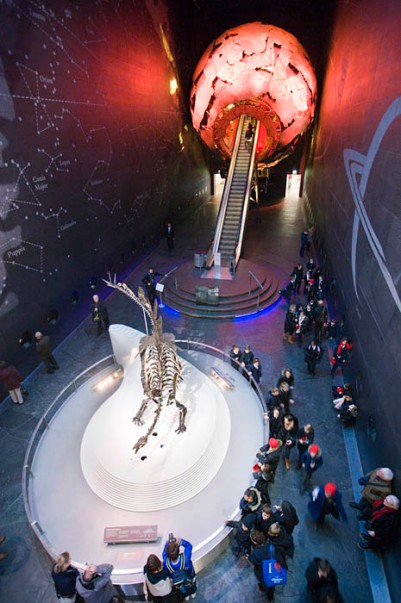Meet Sophie
There’s an exciting buzz at the Natural History Museum in London – a new dinosaur has gone on display, the first for a 100 years. It certainly is something quite special, partly because of it’s near perfect preservation, but also because it’s the genuine fossil on display rather than a cast, and it’s not behind glass – you really can get up close and personal.
She’s a Stegosaurus and she’s been named Sophie, after the daughter of the main donor that made her acquisition possible, even though the museum scientists actually have no means of knowing if she really was female. But perhaps it’s appropriate – someone did comment that she looked very small and cute and maybe should be carrying a little designer handbag. In fact, the reason she’s small is that she died at quite a young age and was not at all fully grown, but at 5.6m (18 foot) she’s still impressive enough. Her full title is Stegosaurus stenops and she’s the best preserved of only six known fossils worldwide.
Stegosaurus existed around 150 million years ago, right in the heart of the dinosaur era. This fossil was found in Wyoming in 2003 and it took 18 months to carefully dig it from the rock without damaging it. The museum acquired it a year ago and has since been carefully scanning and photographing it for research purposes. They hope to discover the reason it had the huge plates running along the back and tail – were they for display or heat control? Also it’s a bit of a mystery how an animal with such a small head and jaws managed to eat enough to grow so large.
The museum has done a superb job with displaying Sophie on a beautifully sculpted plinth in the Earth Hall and you can view up close from ground level as well as from an overhead balcony. Exciting times at the museum – maybe more new exhibits are in the pipeline.






Recent Comments